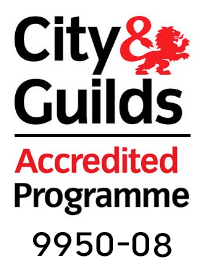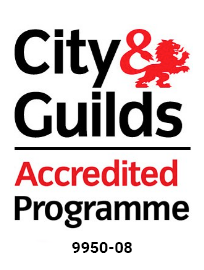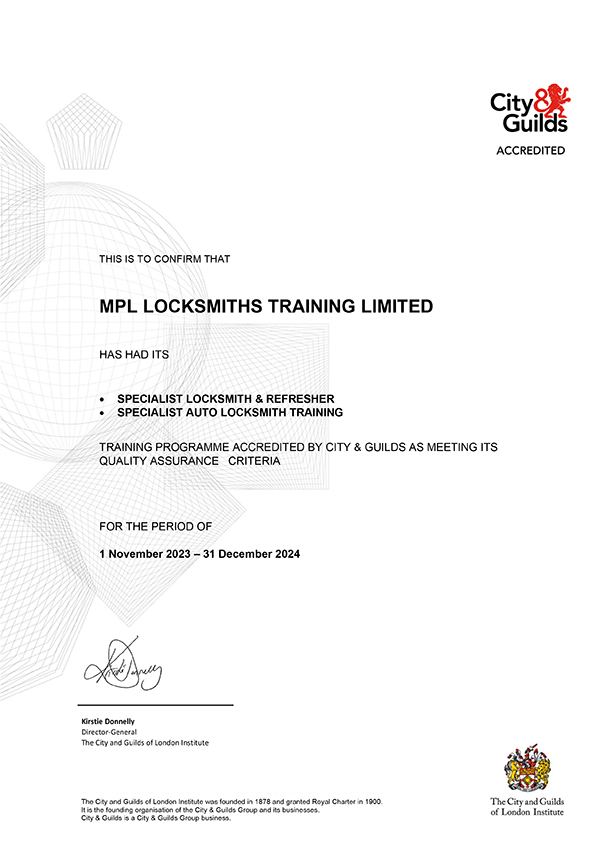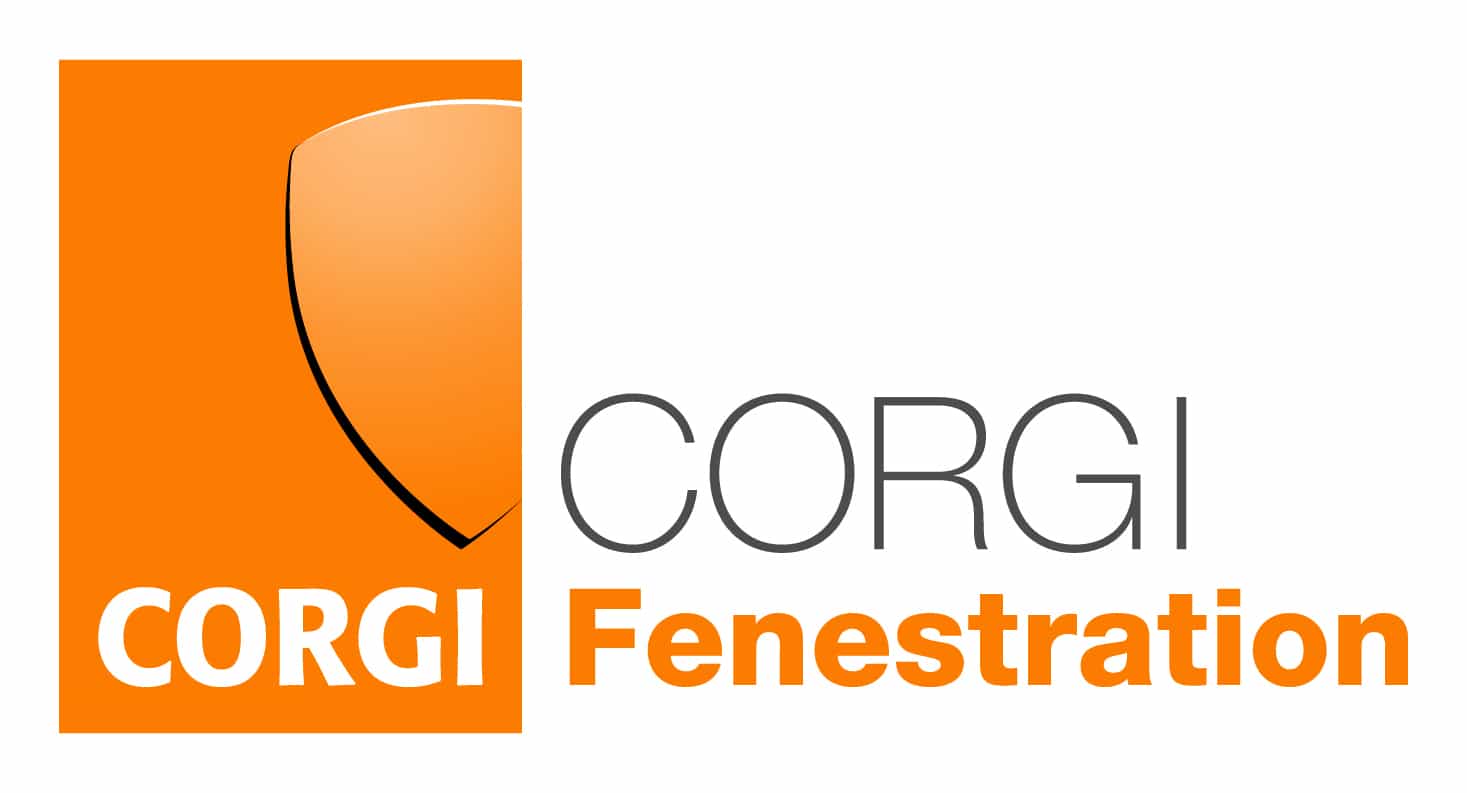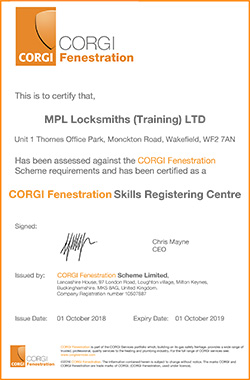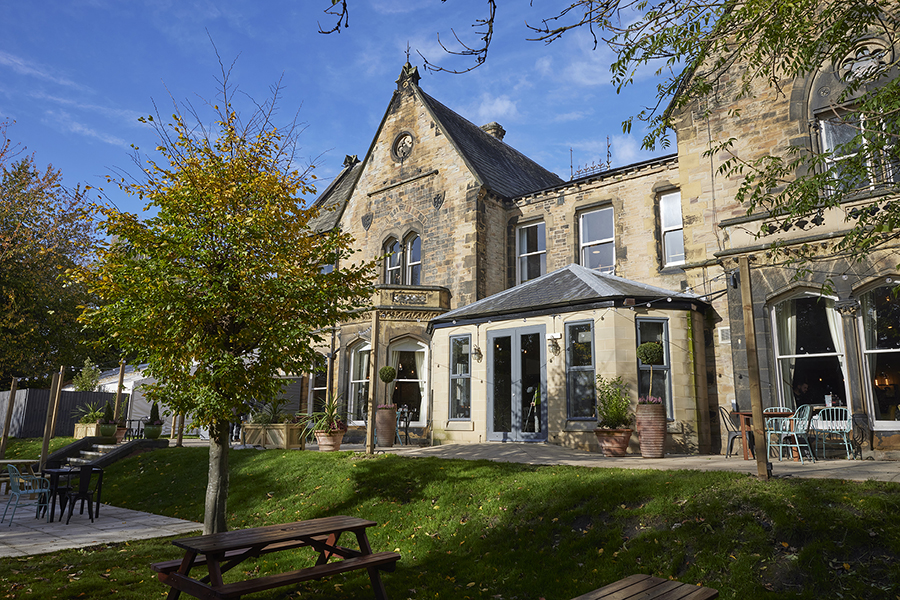Today, locks are an extremely important part of everyday life. From super-advanced, encryption-protected systems to simple padlocks, businesses and individuals all have information and equipment they would like to safeguard. This could be as complex and valuable as official sensitive data, or as simple as the tools in your garden shed. Regardless, you’ll be using some form of lock to protect your property.
Choosing the best type of lock can be overwhelming. It can seem like there’s an endless range of locks, each of them unique in structure, integrity and suitability. Where do you begin?
In this article we’re going to take a look at the most common types of lock that are used throughout the world. On our locksmith training courses, you’ll be exposed to these common locks and you’ll learn everything you need to know about them. By the end of the course, our newly-trained locksmiths will understand their mechanisms, their functionality and their uses in industry. Even if you have no plans to become a locksmith any time soon, here are some of the most common types of lock to be aware of.
Padlock
When we think of locks, padlocks almost always come to mind. This is a lock in its most simple form and one of the most recognisable. They are certainly useful, and, unlike other types, are normally portable. However, they don’t provide the highest level of security in comparison with other kinds of lock.
There are two different types of padlocks: combination padlocks and key-based padlocks. Combination varieties normally involve spinning dials which must be aligned in order to release the locking mechanism. As the name suggests, key-based padlocks need a key in order to be opened. Both of these types of padlock can be useful when a high degree of security is not necessarily required.
Mortice Lock
Deadbolts are perhaps another most common type of lock and again, their mechanics are straightforward. These locks are normally found on both internal and external doors of residential and commercial properties. With mortice locks, you’ll find that there are 2, 3 and 5 level types of this kind.
Their design may be uncomplicated but this ensures a strong resistance to brute force. Mortice locks are particularly useful in making sure that doors cannot be forced open.
Cylinder Locks
Cylinder locks use the fundamentals of many other locks. Types of cylinder lock include rim cylinders, screw-in cylinders and Scandanavian cylinders, as well as the most popular lock – the Euro Profile Cylinder. Many of these provide extra security with more advanced features. They have many similarities, but all look different.
These types of cylinder lock are essentially a hybrid lock which consists of two common lock forms. Each lock has a different level of security, depending on their make and type, and can all be found on aluminium, uPVC and composite doors.
Rim Cylinder
A rim cylinder will include a large tailpiece which extends through the panel and combines with the locking mechanism on the other side of the door. For that reason, rim locks are mounted on the door itself. Contrarily, mortice locks are operated by a cam instead of an extended tailpiece. Mortice locks are attached on the side of the door, since the lock hardware is installed in a hole within the door.
These cylinder locks provide a much greater degree of security, but locksmiths will typically find installing them more labour-intensive than other locks. Cylinder locks are among the more complicated locks on our training courses.
Euro Profile Cylinder
The Euro Profile Cylinder is the most common type of cylinder lock. Many Euro Profile Cylinder locks come with additional safety features, such as snap safe, anti-pick, anti-drill and lock down mode. The lock is usually held in place by one screw. It locks into place once inserted through the locking mechanism and handle set.
The three variations of this lock are similar to deadbolts: single (half cylinder, double cylinder and single cylinder with thumb turn. Keys and thumb turns are used to turn the locking mechanism within the door.
The Euro Cylinder is the key to the security of a door. Most people think this is because of how many locking points are involved. However, it’s actually down to the security of the Euro Cylinder itself. If this is bypassed, the locking mechanism can be manipulated non-destructively.
And those are just some of the most common types of lock. There are plenty more types of lock to learn about and understand, and you’ll be able to do that on each of our locksmith training courses. Check out the different options on our page to find the one that suits you best.
